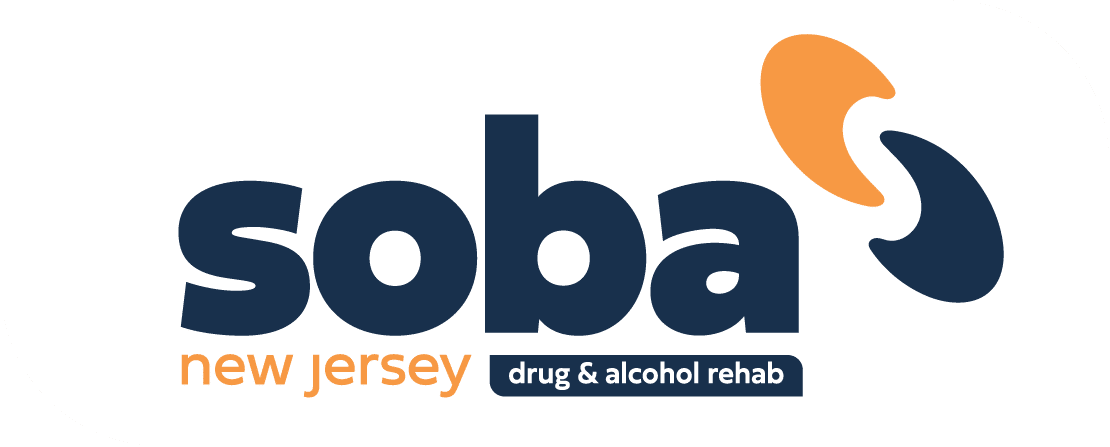Suboxone clinics are medication-assisted treatment (MAT) centers. These outpatient rehabilitation centers combine behavioral therapy and prescription medication to treat opioid addiction. Suboxone doctors prescribe buprenorphine-based medications like Suboxone and Sublocade to prevent relapse. The combination of behavioral therapy helps patients go back to living a healthy life.
What are Suboxone Clinics?
Suboxone clinics are outpatient-only rehabilitation programs that treat opioid addictions. They are often billed as “outpatient detox.” These clinics prescribe Suboxone to opiate addicts in order to ween them off of their addiction to heroin, prescription pills, or other opiates.
A bad attribute of Suboxone clinics is that they often overprescribe Suboxone. This overprescription can lead to prescription drug abuse. And instead of helping their patient, they turn that patient’s original addiction into a new one.
Suboxone is an incredibly difficult prescription drug to withdraw and breaks an addiction from. However, when used correctly, in a professional detox and treatment program, Suboxone can save lives.
This is why it is so important for addicts to skip Suboxone clinics and instead admit to an inpatient opiate detox. Opiate detoxes, like our program here at SOBA New Jersey, do not prescribe Suboxone to clients to take home or self-administer.
We know how helpful Suboxone can be in order to combat opiate addiction, but we also know how dangerous it can be when abused. That is why our trained medical staff only administers Suboxone to patients that live in our medical detox facility and can be medically supervised 24/7.
What is Suboxone?
Suboxone is a prescription drug that treats opioid addiction by reducing the symptoms of addiction and withdrawal. Its two main ingredients are buprenorphine and naloxone.
Buprenorphine
Buprenorphine is an opioid agonist. An opioid agonist is a chemical that initiates a physiological response when it attaches to certain opioid receptors in the brain. Buprenorphine is not a full agonist, however, such as heroin; it is only a partial agonist. It behaves just like other agonists but to a much lesser degree. Alone, Buprenorphine is a painkiller.
Naloxone
Naloxone is an opioid receptor antagonist. An opioid antagonist is a chemical substance that attaches to the opioid receptors in the brain without activating them. By attaching to the receptors, it blocks the effects of the opioid agonists, preventing an intentional or accidental overdose. Thus, naloxone is there to decrease the risk of misusing Suboxone.
When an opiate addict stops using and begins the withdrawal process they can experience serious, even fatal symptoms. That’s where Suboxone comes in. With the help of Suboxone to detox from opiates, patients can get through the withdrawal process much faster and easier.
How does Suboxone work?
Suboxone attaches itself to the brain’s opioid receptor — the same receptors that opiates, such as heroin and morphine, bind to. At lower doses, Suboxone works as a painkiller. At higher doses, it blocks the opioid receptors from receiving any more opiates. The significance of this is it suppresses the symptoms of opiate withdrawal while also preventing an overdose.
Suboxone & Opiates
Opiates are a family of narcotic drugs from the seeds of opium poppy plants. When taken in sufficient quantities, they behave like sedatives to suppress the activity of the central nervous system, thereby reducing pain and inducing sleep.
The trouble with opiates is they combine with the opioid receptors in your brain and nervous system and activate them to initiate a biological response. Long-term use of opiates can result in dependence (addiction) and an overdose can lead to death. A high percentage of deaths related to drug addiction is due to accidental overdoses.
Some of the opiates most commonly used by drug addicts are:
- Heroin — A highly addictive drug that one can smoke, inject, or snort. It is made from morphine.
- Morphine — A pain medication that occurs naturally in some plants, including the opium poppy. It acts on the central nervous system to decrease pain.
- Fentanyl — An incredibly powerful synthetic opioid.
- Codeine — A pain relief drug used to treat mild pain and as medicine for coughs and diarrhea.
- Methadone — A drug used to treat opioid addiction and sometimes pain relief.
- Hydrocodone — A semisynthetic drug derived from codeine. Also known as Vicodin, it is meant to be a medication for severe pain.
- Oxycodone — A drug used for the relief of moderate-to-severe pain.
Opiate Withdrawal
When an opiate addict stops using, they may experience some or all of the following withdrawal symptoms:
- Craving for drugs
- Sweating, restlessness, insomnia, or yawning
- Anxiety, depression, and fear of withdrawal
- Stomach cramps, runny nose, and watering eyes
- Joint pain, muscle spasms, and tremors
- Nausea and vomiting
- Diarrhea, fever, and chills
- An elevated heart rate and high blood pressure
When administered and monitored correctly, Suboxone can help to minify these symptoms and detox the patient in a safer way.
What’s Better Suboxone Clinics or Opiate Detox?
Suboxone itself has been proven to be highly effective in reducing the cravings for drugs and other symptoms after an addict stops using. The drug can suppress withdrawal symptoms completely in as little as four to six hours. When used properly, in an opiate detox with medically monitored treatment, it saves lives.
The dangers of overprescription from Suboxone clinics or “outpatient detoxes” are too great.
Detoxing with Suboxone
When properly administered at an inpatient opiate detox Suboxone is very helpful in the withdrawal process.
- Medically administered Suboxone is an effective treatment for opioid addiction and has a close to 100 percent success rate.
- Suboxone can suppress withdrawal symptoms in as little as four to six hours.
- Suboxone has a very low risk of abuse in an opiate detox because it is administered by medical professionals, not self-administered
- And it does not cause any long-term damage to the patient’s internal organs.
How Safe is Suboxone?
When administered by a medical professional, Suboxone is a safe medication. The drug was approved under the Drug Addiction Treatment Act (DATA) of 2000. Since then, it has been safely utilized in the addiction treatment of thousands of individuals.
How Long Does Opiate Detox with Suboxone Take?
There are opposing views as to how long Suboxone detox should last. Some argue a shorter duration of one to two weeks is sufficient, while others argue that a longer-term detox of up to three months is necessary for a complete recovery.
Regardless of the duration, using Suboxone to detox from opiates should be done only after the onset of the withdrawal symptoms. If given too early, it can trigger withdrawal symptoms precipitously, which can lead to further complications. Typically, medical detoxes administer Suboxone for three to four days. Severely chronic drug addicts may need to take the medication for additional days, but not exceeding two weeks.
One important thing to remember is this: Suboxone should be used to treat opiate addicts only. It shouldn’t be used to treat an individual who is addicted to other substances, such as alcohol, marijuana, cocaine, or valium.
Get Treatment at SOBA New Jersey
In order to safely detox from opiates with the help of Suboxone, it’s important to get into a professional detox and drug rehab. At SOBA New Jersey our admissions team is standing by to take your call and help start your treatment.
Call us today 866-952-3994 or send us a message.










